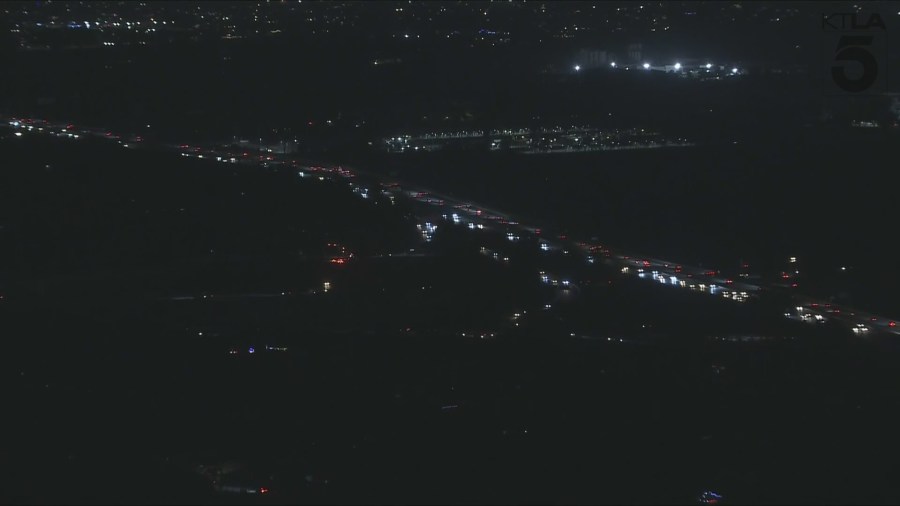A recently published study from researchers at Texas A&M University found that several parts of the U.S. are much more susceptible to power outages than others, with Southern California among the most vulnerable.
Researchers at the university’s Urban Resilience AI Lab used machine learning and artificial intelligence to help establish a nationwide Power Stability Vulnerability Index (PSVI) for every county in America. They collected data from around 179 million power outage records at 15-minute intervals across 3,022 counties in the contiguous U.S. over a nine-year period between 2014 and 2023 to create a framework based on three key dimensions: intensity, frequency and duration.
“Analysis revealed a consistent increase in power system vulnerability across the US counties over the past decade,” the authors of the study, published in Applied Energy, said. “318 counties across 45 states [were identified] as hotspots for high power system vulnerability.
Those counties were mainly concentrated on both coasts (California and Washington on the West Coast; Florida and the Northeast on the East Coast) as well as parts of the Great Lakes region (the Chicago and Detroit metropolitan areas) and the Texas Gulf Coast. The publicly available PSVI map indicates that many counties in those areas have at least a “major” risk of power outages, with some categorized as “severe” and others – including four SoCal counties – under an “extreme” risk.

Los Angeles, Orange, San Bernardino and Riverside counties are all under the “extreme” power outage risk category, with L.A. having a maximum PSVI score of 100. San Bernardino’s score was 99.76, Orange County’s was 99.7 and Riverside County’s was 99.67 — all among the highest in the nation. In fact, L.A. County is the only one in America under the “extreme” category to have a score of 100; the next highest is Miami-Dade County in Florida with a 99.97 score.
Other counties in the SoCal area fared only slightly better; San Diego County’s score was 99.57 and Ventura County’s 99.34 — which put them in the “severe” risk category.
The study’s authors noted that their results show an increase in the extent of weather-induced power outages, and that trends are indicating an increase in the length and frequency of power outages, with more customers being affected annually — especially in densely populated areas.
“The heterogeneity analysis indicates that urban counties and those located along regional transmission boundaries tend to exhibit significantly higher vulnerability,” researchers said. “The findings underscore the widespread and pervasive impact of power outages across the country and offer crucial insights to support infrastructure operators, policymakers, and emergency managers in formulating policies and programs aimed at enhancing the resilience of the U.S. power infrastructure.”
“We knew that the state of power system vulnerability nationwide is exacerbating,” added one of the authors, Dr. Ali Mostafavi, a professor at Texas A&M’s Zachry Department of Civil and Environmental Engineering. “But the magnitude of that was shocking, and greater than we hypothesized.”
To view the PSVI map, click here.
